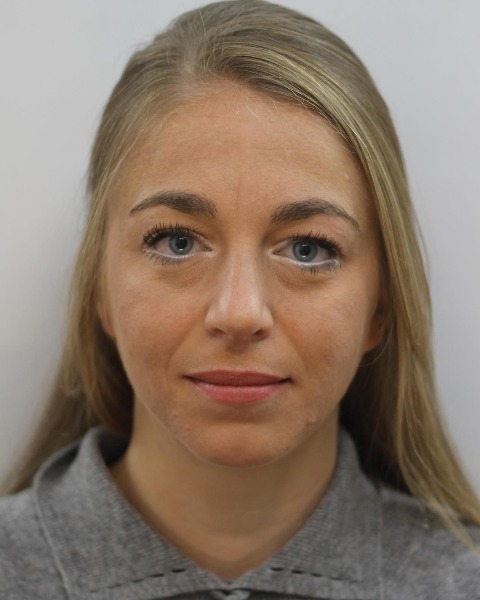Plenary
Plenary Session II
(PS2) A Novel Artificial Intelligence Method for Predicting Hematoma Growth in Spontaneous Intracerebral Hemorrhage Patients
Sunday, April 23, 2023
8:53am - 9:02am PST
Location: Enter through AANS Exhibit Hall

Natasha T. Ironside, MBChB
Resident physician
University of Virginia
Charlottesville, Virginia, United States
Presenting Author(s)
Disclosure(s):
Natasha T. Ironside, MBChB: No financial relationships to disclose
Introduction: Hematoma expansion is a predictor of poor outcome in ICH patients and a promising modifiable therapeutic target. Available tools for predicting hematoma expansion have not significantly impacted clinical decision-making due to their lack of accuracy and rigorous validation. Our objective is to develop an automated image analysis tool that can identify patients at risk for hematoma expansion.
Methods: Transport-based morphometry (TBM) is an alternative artificial intelligence approach for image classification that outperforms popular end-to-end deep learning methods (i.e., convolutional neural networks). Serial inpatient non-contrast computed tomography (NCCT) scans of consecutive ICH patients from the Virtual International Trials in Stroke (VISTA) database were used for TBM training, and testing was conducted using data from the Ethnic Racial Variations in ICH (ERICH) study. The algorithm was developed to identify NCCT hematoma morphological features associated with expansion. In the testing phase, the algorithm was presented with baseline NCCT scans from the ERICH database and asked to predict whether there will be expansion at 24hrs. These predictions were compared to actual changes in hematoma of those respective patients (ground truth). Significant expansion was defined as a 33% or 6mL increase from the baseline hematoma volume.
Results: The training and testing cohorts comprised 250 and 2,500 ICH patients, respectively. In the testing phase, the sensitivity, specificity, positive predictive value, and negative predictive value of the algorithm for predicting 24hr hematoma expansion were 94%, 88%, 95%, and 87%, respectively. There was a strong between-group correlation (R2=0.978, p< 0.001) between the algorithm predictions and ground truth.
Conclusion : Hematoma expansion can be accurately predicted from NCCT radiographic features using a TBM algorithm. This can be expected to identify a subset of ICH patients who may benefit from targeted treatment, such as surgical evacuation or hemostatic agents, at the time of presentation. Validation of this algorithm in a prospective study is warranted.
Methods: Transport-based morphometry (TBM) is an alternative artificial intelligence approach for image classification that outperforms popular end-to-end deep learning methods (i.e., convolutional neural networks). Serial inpatient non-contrast computed tomography (NCCT) scans of consecutive ICH patients from the Virtual International Trials in Stroke (VISTA) database were used for TBM training, and testing was conducted using data from the Ethnic Racial Variations in ICH (ERICH) study. The algorithm was developed to identify NCCT hematoma morphological features associated with expansion. In the testing phase, the algorithm was presented with baseline NCCT scans from the ERICH database and asked to predict whether there will be expansion at 24hrs. These predictions were compared to actual changes in hematoma of those respective patients (ground truth). Significant expansion was defined as a 33% or 6mL increase from the baseline hematoma volume.
Results: The training and testing cohorts comprised 250 and 2,500 ICH patients, respectively. In the testing phase, the sensitivity, specificity, positive predictive value, and negative predictive value of the algorithm for predicting 24hr hematoma expansion were 94%, 88%, 95%, and 87%, respectively. There was a strong between-group correlation (R2=0.978, p< 0.001) between the algorithm predictions and ground truth.
Conclusion : Hematoma expansion can be accurately predicted from NCCT radiographic features using a TBM algorithm. This can be expected to identify a subset of ICH patients who may benefit from targeted treatment, such as surgical evacuation or hemostatic agents, at the time of presentation. Validation of this algorithm in a prospective study is warranted.
